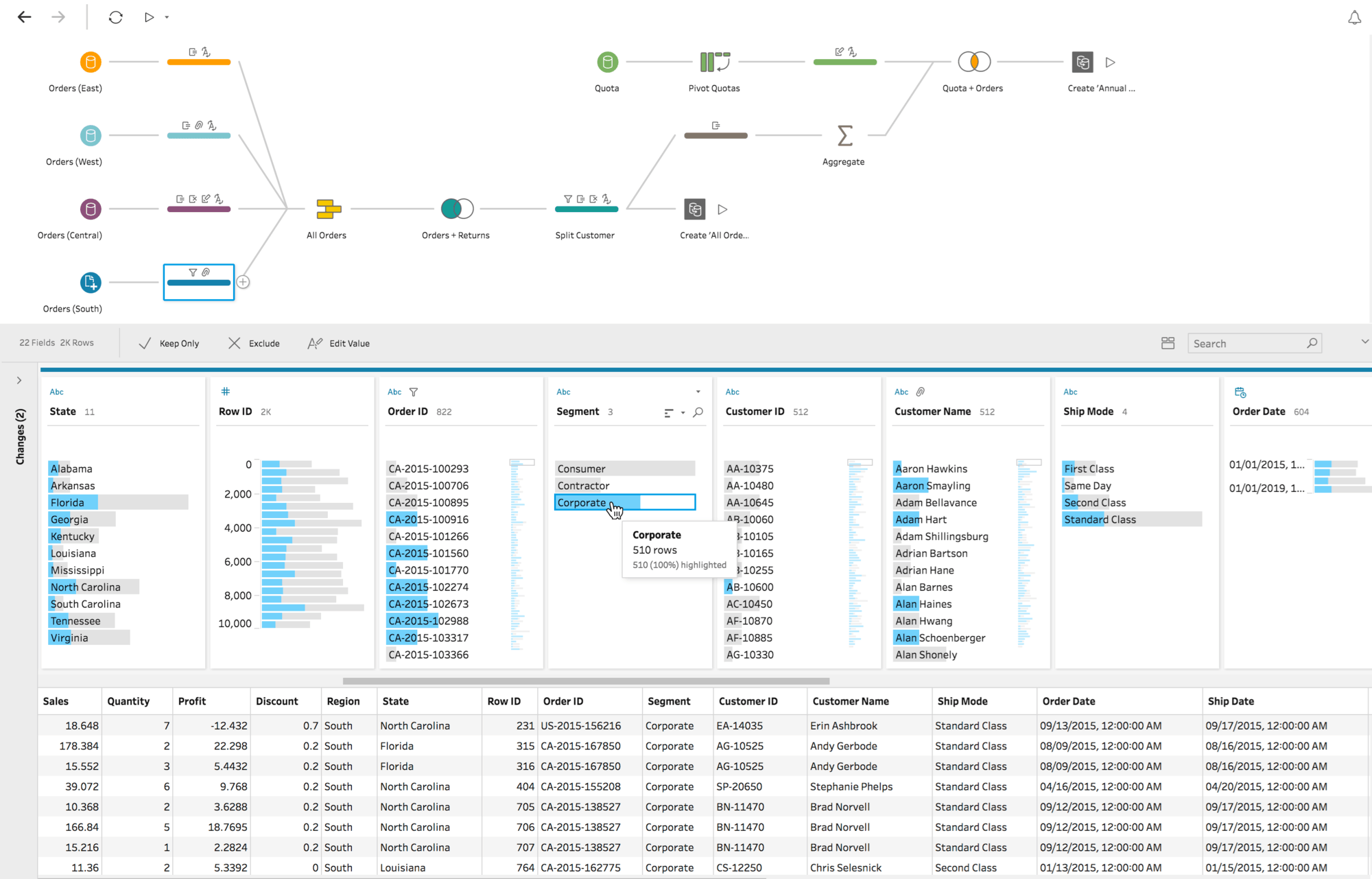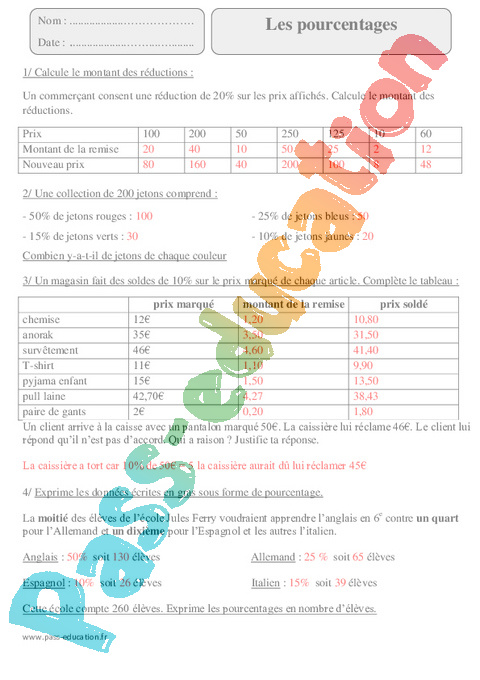

With this data structure, I now have a row for each dimension. I now have two new columns called Pivot Field Names and Pivot Field Values. When I click Pivot, you will see that the structure of my data changes. The columns will highlight as I select them and with all four selected, I am going to hover over any of them, click the arrow that appears to the right of the column, and select Pivot. or whatever you are most comfortable with.Īfter making a connection to data in Tableau Desktop, you can preview the data from the Data Source tab in the bottom left of the Authoring Interface.įrom this screen, I am going to hold CTRL on my keyboard and select Sales, Quantity, Discount, and Profit by left clicking on their column headers. Just know that you could do this pivot in Excel, Alteryx, Tableau Prep, SQL, Python, etc.
#Pivot in tableau prep how to
For this example, I will show you how to do this in Tableau Desktop from the Data Source tab. The next method is to pivot your data and implement row-level security on a new dimension member. Pivoting Your Dataset in Tableau and Implementing a User Filter From a security point of view, it’s not critical, however, we may not want our users to know that we are limiting what they can see. HQ Profit measure is still in the view – Because we are just making this value NULL, the measure name is still listed in our views. Not scalable – If you are working with multiple fields, workbooks, and groups, this tactic can be a little unwieldy and not easily scalable. Here are a few pros and cons of this technique.Įxtremely easy to implement – Using only a single calculated field, you can implement security in your workbook This will secure it in the server environment so the user cannot see it in the raw data anymore. Before publishing this to Tableau Online or Tableau Server, you will need to hide the old profit value. Looks like that is exactly what we are looking for. This means that Profit should now go NULL for her. From the dashboard, I will select Ariana Cukier, who is assigned to our Canada Sales Team group.

Let’s test it out now that our new field is in place across the workbook. This will replace the original profit value with the new HQ Profit, not only on any sheet but also if that Profit field is being used in other calculated fields. From the list of measures in that list, select the new HQ Profit calculated field, then click OK. Once that selection is made, you will see a new dialog box appear.

To do this, right-click on Profit in the Data pane and select Replace References from the menu. The fastest and most effective way to do this is to Replace References for the original Profit measure. Now I will exchange my current Profit field with this new HQ Profit field. To do this, I am going to create a new calculated field and name it HQ Profit, then enter the following calculation: In Tableau Desktop, we can now create a new calculated field for profit where we are checking which user group the user is in. As an admin, I have already created some groups for these users in my Tableau Online or Tableau Server portal. Here is a screenshot of the dashboard:įor our scenario, let’s say we wanted to limit our Sales teams in the field from seeing Profit, but we wanted to give Developers and HQ users access to Profit. To begin, I have connected to another blog of mine that I think will demonstrate this technique well. The most straightforward approach I have implemented is to use a simple calculated field to determine access to the measure in question. Using a Calculated Field for Column-Level Security in Tableau It is important to understand what the pros and cons are because they can affect the performance of the report, the maintenance of the report, or even the workload of the Developers and/or Data Engineers. Each method has its pros and cons, which I will discuss at the end of each section. In this tutorial, I will show you three ways to implement column-level security.

However, what if I didn’t mind the users seeing all the orders or rows but I wanted to restrict some users from seeing Profit, which is a column in the data set? There are several ways we can account for this. This method is a scalable way to limit which rows a user has access to, and we demonstrated this by segmenting our orders to different sales teams. In the first part of this two-part series, I introduced How to Implement Row-Level Security in Tableau.


 0 kommentar(er)
0 kommentar(er)
